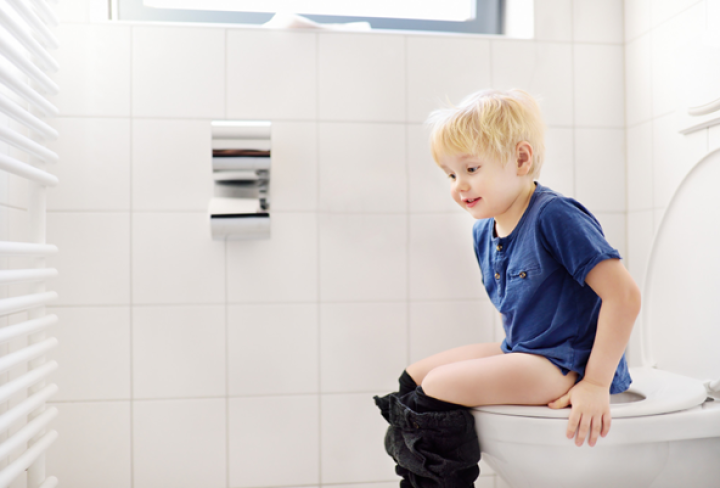Meta Description: Discover effective strategies and tips for potty training your child. Learn when to start, what to expect during the process, and how to create a consistent routine. Find out when to seek professional help for your child’s potty training difficulties.
Introduction
Potty training can be a challenging but rewarding journey for both parents and children. This blog post provides valuable insights into child potty training, offering guidance on when to start, what to expect, and how to develop a consistent routine. Additionally, we discuss the importance of patience, flexibility, and support throughout the process. Read on to learn more about successful potty training techniques and when to seek professional help if needed.
When to Start Potty Training
Determining the right time to initiate potty training is crucial for your child’s success. Most children are ready between 18 and 24 months of age when they have developed the necessary cognitive, emotional, and physiological skills. It’s essential for your child to recognize their need to use the potty, remove their clothes, sit on the potty, and stay seated until they finish. While some cultures begin potty training with infants, experts recommend waiting until the child can participate actively.
What to Expect During Potty Training
Potty training is a gradual process that involves mastering several skills. Every child progresses differently, so it’s essential to be patient and supportive. Here’s what you can expect during the journey:
Peeing on the Potty and Daytime Dryness: Start by helping your child stay dry during the day, gradually transitioning them to listen to their bodies and communicate their need to urinate.
Bowel Movements on the Potty: Mastering bowel movements may take more time, as children need to have both bowel control and the desire to use the potty. Be patient, communicate with your child, and work together to find solutions.
Staying Dry Overnight: Nighttime bladder control typically develops later and maybe the final skill your child acquires. Bedwetting is common up to age five and may continue until age seven.
Developing a Potty Training Plan
Creating a consistent potty training routine is vital for your child’s progress. Consider the following strategies:
Establish a Consistent Routine and Expectations: Ensure all caregivers are on the same page, maintaining a predictable bathroom routine. Teach your child where the potty is located and how to handle wiping, flushing, and handwashing. Clearly communicate your expectations and provide regular reminders.
Be Patient and Supportive: Offer your child positive support and praise whenever they succeed. Avoid punishing them for accidents, instead encouraging improvement and involving them in the cleanup process.
Be Flexible and Stay Involved: Adapt your approach as your child develops and be prepared for setbacks. If your child resists, allow them to take a break and demonstrate readiness before resuming training.
When to Seek Help
While potty training challenges are normal, some children may require additional support. Consider seeking professional help if:
Your child is not making progress despite consistent efforts.
Your child continues to wet the bed after age eight.
Professional guidance can help identify underlying issues and provide appropriate interventions for your child’s potty training difficulties.
Conclusion
Potty training is a unique journey for each child. Parents can support their child’s success by understanding when to start, what to expect, and how to create a consistent routine. Remember to be patient, provide support, and seek professional help if needed. With time and persistence, your child will master this essential milestone.

